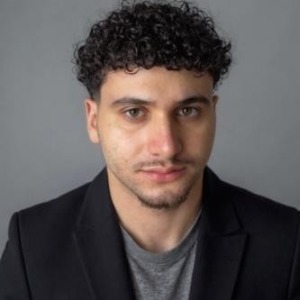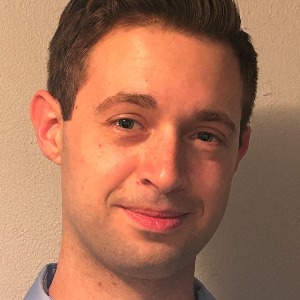Muscle Ligaments
Muscle Ligaments play a vital role in connecting muscles to bones, providing stability and facilitating joint movement. Composed of tough, fibrous connective tissue, these structures are integral components of the musculoskeletal system. Ligaments work in tandem with muscles to control joint motion and prevent excessive or abnormal movements. The function of muscle ligaments includes reinforcing joints, preventing hyperextension, and guiding the direction of movement. These structures are crucial for maintaining joint integrity and ensuring smooth coordination during various physical activities. Ligaments are often named based on their location, such as collateral ligaments in the knee or shoulder ligaments.
Injuries to muscle ligaments, commonly known as sprains, can occur due to sudden twists, impacts, or overstretching. These injuries are graded based on severity, with Grade 1 being mild stretching and Grade 3 indicating a complete tear. Proper treatment involves rest, rehabilitation exercises, and sometimes surgical intervention for severe cases. Maintaining overall musculoskeletal health, including adequate strength and flexibility, is essential for preventing muscle ligament injuries. Engaging in regular exercise, proper warm-ups, and adopting biomechanically sound movement patterns contribute to the well-being of muscle ligaments and the entire musculoskeletal system.

Stephen S Tower
University of Alaska Anchorage, United States
Marcos Brioschi
American Academy of Thermology, United States
Wagih El Masri
Keele University, United Kingdom
Akash Ganguly
Warrington and Halton Hospitals NHS FT, United Kingdom
Hussein Jaber
University of Cambridge, United Kingdom




Title : Knotless suture repair for chronic lateral ankle instability: A systematic review & single- arm meta-analysis
Hussein Jaber, University of Cambridge, United Kingdom
Title : The UK profemur recall and implant cobaltism
Stephen S Tower, University of Alaska Anchorage, United States
Title : The tomographic phenotype and the genotype of wormain bones
Ali Al Kaissi, National Ilizarov Medical Research Center for Traumatology and Orthopaedics, Russian Federation
Title : Total Knee Arthroplasty (TKA) in hemophilic arthropathy: Modern outcomes and perioperative strategies
Jack Russek, Touro University California, United States
Title : Musculoskeletal and orthopedic implications of Gender-Affirming Hormone Therapy (GAHT): A PRISMA-Guided systematic narrative review
Jack Russek, Touro University California, United States
Title : New treatment of muscle contracture and joint contracture through muscle regeneration with mitochondrial dynamics
Ki Ji Lee, Busan Medical University, Korea, Republic of